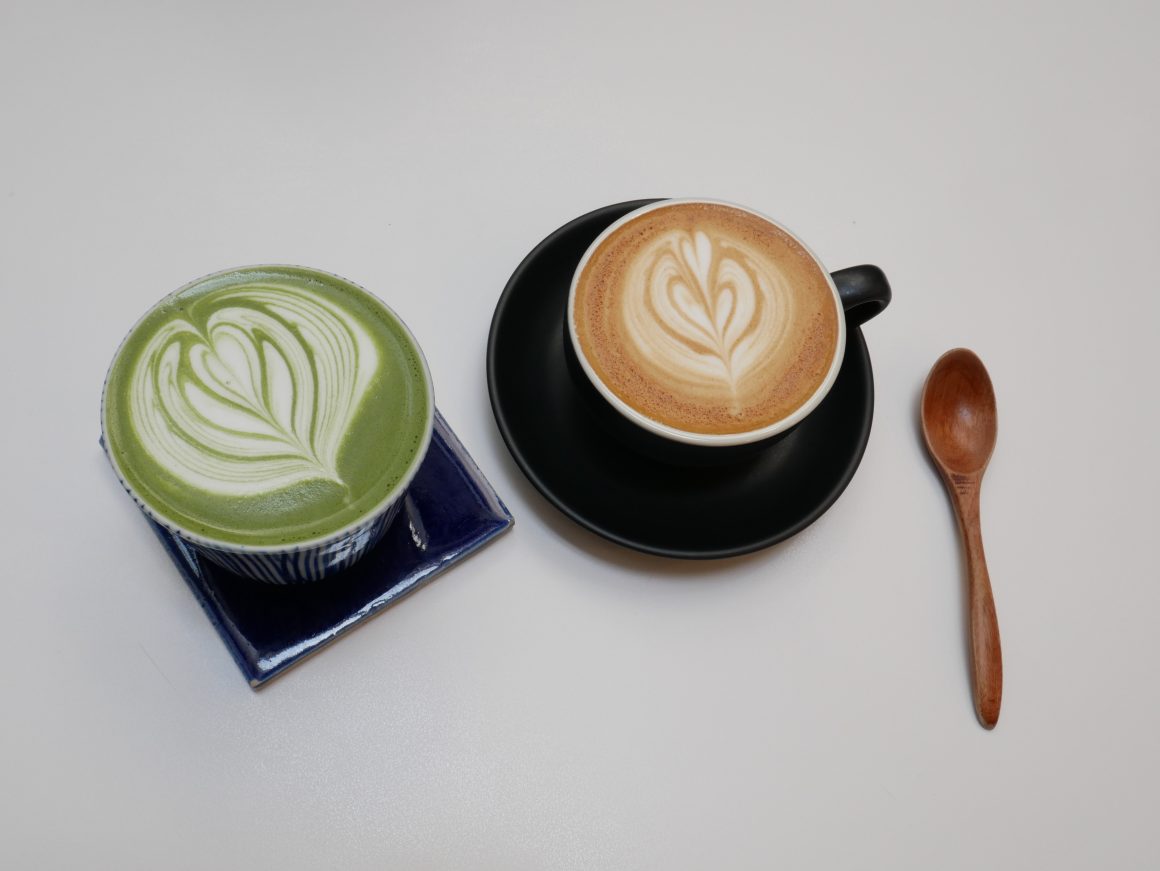
What you should know about your daily caffeinated beverage of choice
By Tori Taylor, July 11 209 —
Not all caffeinated beverages are created equal — but all are loved by sleep-deprived students. I’m a straight-black-americano type of human 85 per cent of the time and an almond-milk- matcha-latte dabbler for the other 15 per cent. You may not have thought about the different caffeine levels in your daily drinks. But, if you’ve ever wondered why some coffee or tea can zing you up and crash you down faster than an episode of Grey’s Anatomy, there are a lot of factors at play in your reusable to-go mug. Whether you like a black coffee, creamy cappuccinos, unsweetened matcha lattes or Earl Grey tea with honey there will be a caffeine boost. However, the extent of the surge and the intensity of the crash will totally depend on your liquid gold of choice and your body’s metabolic rate.
Coffee:
The average eight oz. cup of joe contains between 95–120 milligrams of caffeine. This equals out to around four to six hours of energy depending on the cleanliness of the beans used. There are many pesticides used on coffee beans so if the coffee you’re drinking isn’t of great quality then you’re drinking in some stuff you probably shouldn’t be. It may be worthwhile to spend some time reading a bit about coffee beans and organic coffee if you are an avid drinker. One sure way to know a top-quality cup of coffee is whether or not you feel like a solid nap two to three hours afterward. If you are ready to fall asleep at your desk then you are drinking the good stuff. In regards to the energy crash, black coffee drinkers will typically experience the worst of it. With no milk or sugar to mellow out the caffeine there will be a harder crash than other beverages.
Latte:
Depending on the size of the latte it could have either one or two shots of espresso. A single shot of espresso contains about 64 milligrams of caffeine. Most of us have two shots of espresso in a beverage so a latte can contain 128 milligrams of caffeine — higher than your average cup of coffee. However, the caffeine effects are actually reduced when milk or nut milk is added. So, you’re not actually going to bounce up nearly as quickly as a black cup of coffee. The upside to this factor is that the caffeine crash is also subdued. You are unlikely to hit the floor as quickly or as hard if you added milk of any kind to your drink. Plus added milk can give you more energy to go about your day with if you’re needing more than just caffeine. Watch the amount of sugar you put into your latte. If you load your cup up with sugar then you’ll add a sugar crash to your caffeine plummet — most likely resulting in a headache and cranky mood.
Matcha:
Matcha lattes may not be your first thought for a caffeine pick-me-up but they pack a punch without the crash. Matcha is wonderful. It’s a much more mellow boost. One serving of matcha is between 30–70 milligrams of caffeine (dependent on whether you use a teaspoon or tablespoon in your drink). The same rule applies to matcha lattes as espresso-based lattes. If you mix your matcha with hot water then you will experience a quick energy surge. And if you are using milk to mix with the matcha then you will feel a more gradual lift. Thankfully because of Epigallocatechin Gallate (EGCG) — a type of antioxidant — and phytonutrients contained in matcha, there is no caffeine crash to be had even when consumed with hot water instead of milk. As well, matcha will not create that same heart-racing feeling that coffee can — great for those who want caffeine but can’t handle the anxiety that it often stimulates.
Black Tea:
Black tea leaves contain less caffeine than green tea because the leaves have been roasted for longer. The effects of black tea are not as intense as any of the above-listed beverages because the caffeine content is smaller. A standard black leaf tea bag contains around 47 milligrams of caffeine. Because of this, the energy boost will be less and likewise for the crash. Tea drinkers know that it is very seldom they experience real caffeine exhaustion because the caffeine is just not as intense as a cup of black coffee or a shot of espresso. If you’ve made your tea into a latte you’ll receive an even slower caffeine drip — possibly not even noticing an energy boost at all.
At the end of the day, whatever your taste buds and body prefers is what you’ll enjoy. Feel free to add milk to any caffeine beverage to lessen the effects of a quick energy drop-off or mood shift. Perhaps variety is the spice of life and you, like myself, enjoy drinking all of the above-mentioned cups of heaven. Either way, keep caffeinating with a few more fun facts under your lid.
